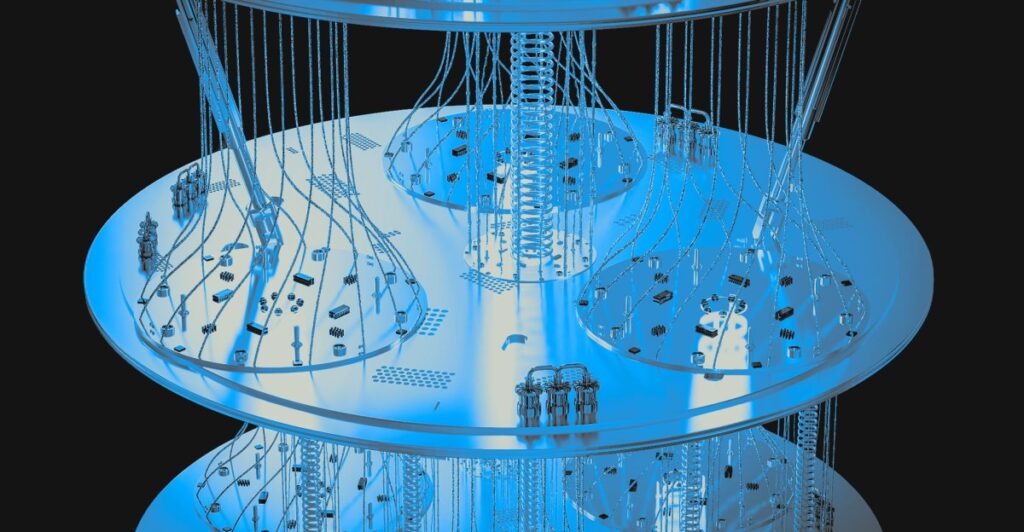The PCIe 7.0 specification has now been released, while many of us are still waiting for PCIe 6.0 to materialize in consumer products. The PCI Special Interest Group (PCI-SIG) announced on Wednesday that PCIe 7.0 is now available to members of its organization, delivering a theoretical maximum bandwidth speed of 512GB per second in both directions, across a x16 connection.
“PCIe technology has served as the high-bandwidth, low-latency IO interconnect of choice for over two decades and we are pleased to announce the release of the PCIe 7.0 specification, which continues our long-standing tradition of doubling the IO bandwidth every three years,” PCI-SIG President Al Yanes said in the announcement. “As artificial intelligence applications continue to scale rapidly, the next generation of PCIe technology meets the bandwidth demands of data-intensive markets deploying AI, including hyperscale data centers, high performance computing (HPC), automotive, and military/aerospace.”
You may have noticed that consumer computing devices weren’t included in that statement — the specification is targeting data-driven applications like cloud and quantum computing datacenters for now, and will take some time to even appear in those markets. PCI-SIG says that PCIe 7.0 will be backward compatible with previous PCI Express versions, but there’s no mention of plans to bring it to everyday desktop SSDs or GPUs any time soon. That shouldn’t be surprising, given the PCIe 5.0 spec that launched in 2019 only started trickling into consumer hardware two years ago, and is still fairly uncommon.
Meanwhile, PCI-SIG says that pathfinding for PCIe 8.0 is “already in progress.” With any luck, PCIe 6.0 will have made its consumer debut by the time the next-gen specifications have been finalized in 2028.
Read the full article here
